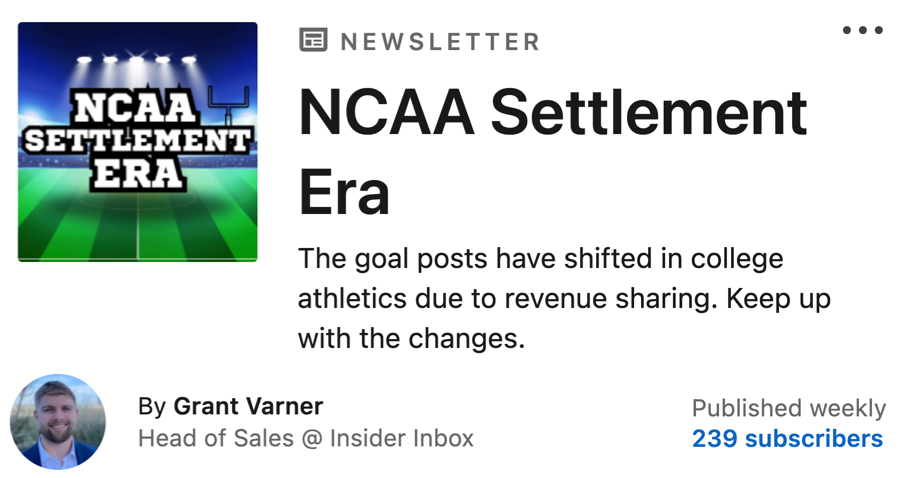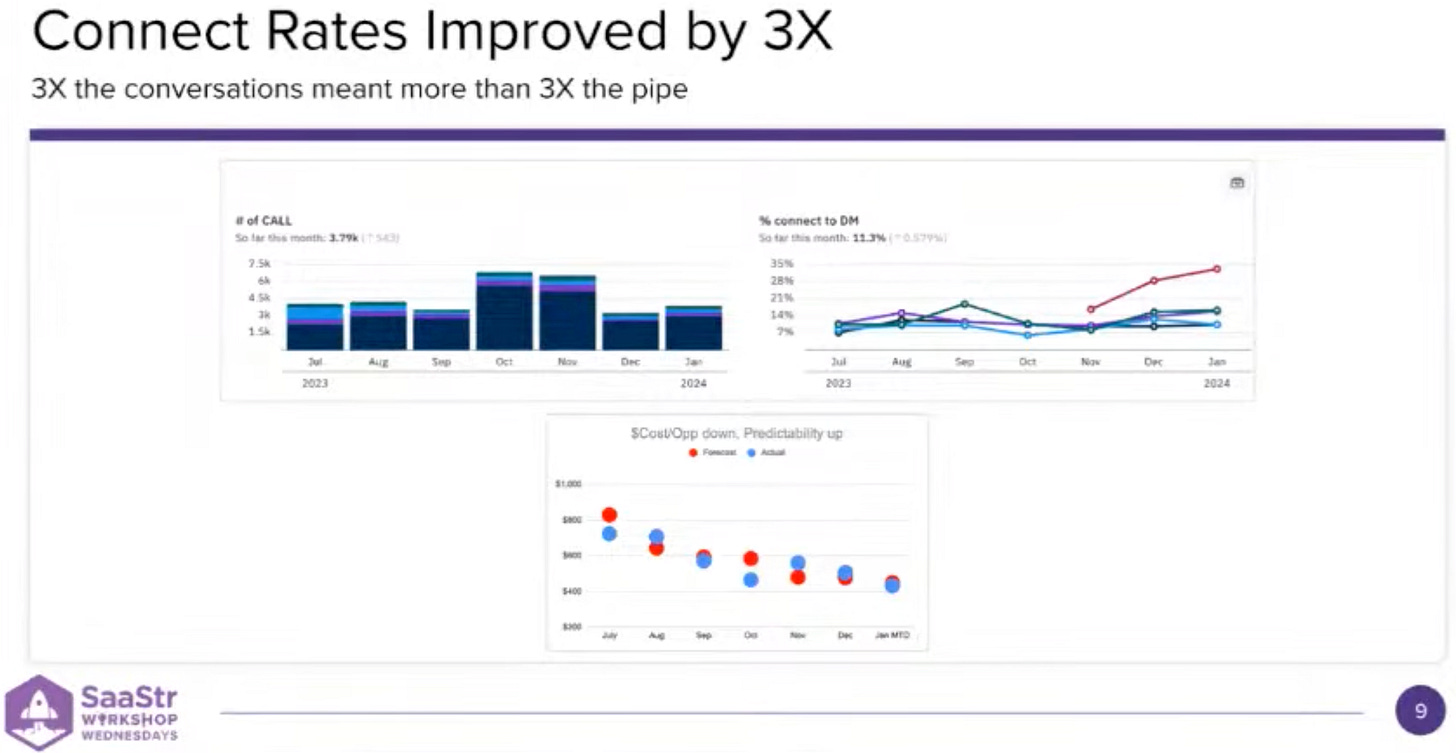Always Be Closing
Why a great product alone won’t get you new business—and how to build a repeatable lead generation machine.
The Leads Are Weak?
In the classic 1992 film Glengarry Glen Ross, Alec Baldwin’s character delivers a brutal eight-minute monologue to a struggling sales team, warning them that if they don’t close more deals, they’re fired.1
It’s since become a cult staple in sales culture. When I worked at Oracle, top reps would jokingly quote the scene—“Coffee’s for closers!”—but the truth behind the monologue hits a nerve: most sales teams don’t have enough quality leads to hit quota.
It’s a universal complaint:
BDR: “Nobody responds. It’s impossible to get leads.”
AE: “I only get four demos a month—and most aren’t even qualified.”
Manager: “We need more pipeline or we’ll miss our goals.”
CRO: “We can’t scale unless CAC improves.”
Founder: “Our product is better than the competition—but no one’s seeing it!”
So, what’s the fix?
According to Jason Lemkin, the answer lies in a simple but powerful framework: Seeds, Nets, and Spears.
Seeds: Word-of-Mouth & Customer Success
Lemkin, who scaled EchoSign to a $400M run rate before Adobe acquired it, famously said:
“You can have a Ferrari, but it doesn’t move an inch without gas. Lead generation is your gasoline for growth.”2
In other words: a great product helps, but without a repeatable way to bring in new leads, growth stalls.
Seeds are leads that come through referrals, testimonials, or case studies—often rooted in customer success.
But here’s the catch: Even with 95% monthly retention, that’s still 60% churn annually. That means just to break even, you need to replace over half your revenue every year.
At Insider Inbox, where I lead sales, we’ve seen firsthand how customer success can be both a flywheel and a bottleneck. Our niche—college athletics—relies heavily on peer validation. If you train your end users into power users, you unlock upsell opportunities, testimonial quotes, and referrals.
The key is proactive success. Use data to find issues before they grow. Then go deeper: the real insights come from human conversations.
When your customers win, you win. Every success story is a planted seed.
Nets: Inbound Marketing at Scale
Nets are wide-reaching marketing efforts—content, ads, newsletters, webinars—designed to bring in volume.
It’s quantity > quality, and it works. HubSpot and Marketo built empires this way.
For nets to scale, you need two things:
A map of your customer lifecycle
Content for the 3 Why Buys:
Why buy anything?
Why buy from you?
Why buy now?
You don’t need to do everything. Just do one thing well.
For us, that’s this newsletter. NCAA Settlement Era reaches over 200 ADs and Head Coaches in Power 4 conferences—our exact target market. LinkedIn has been the right channel for us. Pick yours, and go deep.

Spears: Targeted Outbound
Spears are your cold emails, calls, and direct outreach—one-to-one outbound prospecting.
Let’s look at Owner.com. It’s a vertical SaaS for restaurants. Since 2022, they’ve grown from $2M to $30M ARR. A huge reason? Their BDRs.
Here’s how they did it:
Removed busywork: No more manual lead sourcing.
Built a scoring model: Prioritized accounts by fit and deal size.
Enriched their contact data: Accuracy went from 40% → 90%.
The result? Cold call connect rates and pipeline tripled.3

Spear selling also unlocks bigger deals. With outbound, you pick the accounts. You don’t have to settle for whatever comes in.
The risk? Salespeople who only live off inbound become passive. When inbound slows, so do they. Spears builds your outbound prospecting muscle.
Final Thoughts
Great products don’t sell themselves. Predictable growth comes from building a lead engine that mixes:
Seeds: Happy customers that tell others.
Nets: Compelling content that draws them in.
Spears: Direct, targeted outreach to the right people.
Rely too heavily on one, and you’ll stall. Use all three, and you’ll grow—even if the rest of your process isn’t perfect.
—Grant Varner
Thanks for reading Poor Varner’s Almanack. If this brought you any value, share it with a friend. And if you are that friend, consider subscribing.
This speech is from the movie “Glengarry Glen Ross,” directed by James Foley. It features an incredibly talented cast at the early stages of their careers—Al Pacino, Alec Baldwin, and Kevin Spacey. It’s one of my top ten favorite films, and I highly recommend it for experienced sales professionals. The film reminds us that the challenges of generating sales are not unique to any one person but are shared by many in the field. For aspiring salespeople, it offers a stark look at the reality of the profession—a glimpse into the potential lows you might face and should be prepared to overcome.
Aaron Ross & Jason Lemkin, From Impossible to Inevitable: How Hyper-Growth Companies Create Predictable Revenue (Hachette Books, 2016).
Kyle Norton has a great presentation on this concept over on SaaStr’s YouTube channel: “How to Build GTM Efficiency in SMB Sales” from SaaStr Annual 2023.

